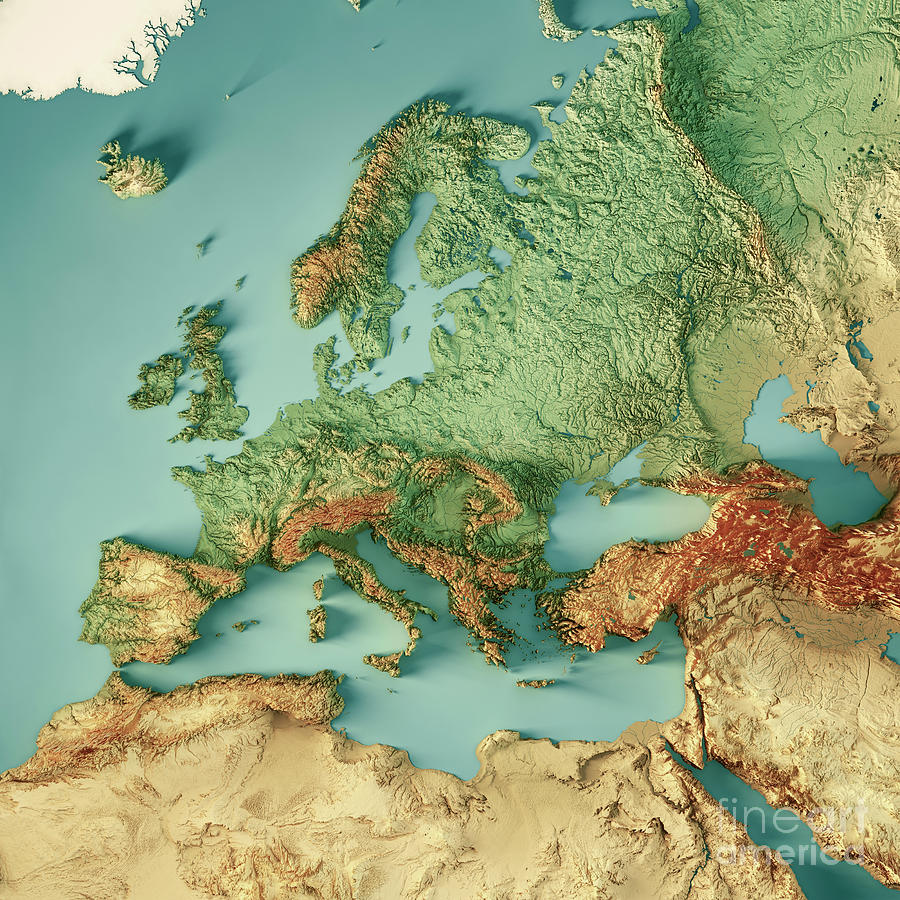

The standard keyboard layout is designed to slow down typing
No it’s not. It’s designed to put commonly-used letters in between rarely-used letters. You are correct that this is because of typewriters getting mangled, but a typist can type just as fast on a QWERTY or AZERTY keyboard as on an alphabetical keyboard. It stops typewriters from getting mangled by making it less likely that any given pair of adjacent keys will be pressed in succession.
And why is there empty space around the cursor keys, so you have to use WASD as a workaround in games?
To facilitate touch typing. Since the cursor keys are physically separated from the typing keys, you are very unlikely to press a cursor key when you meant to press a letter, or vice versa. In the 1970s, keyboards used to have the cursor keys on the H, J, K, and L keys, which explains a lot about vi. In the 1980s, IBM introduced the inverted T layout, which made it easier to move the cursor around and to move about in games. This layout meant you didn’t need separate editing and input modes; you could move the cursor and type letters all in one mode.
Up until the early 2000s, games were designed with the intention that the player would use the cursor keys to move about. The use of WASD began as Denis “Thresh” Frong’s custom Quake layout, which allowed him to move and look independently. As this layout proved effective, other players adopted it, and then game devs designed their games around it.





PiSS cozying up to Putin? I am shocked! SHOCKED I say!